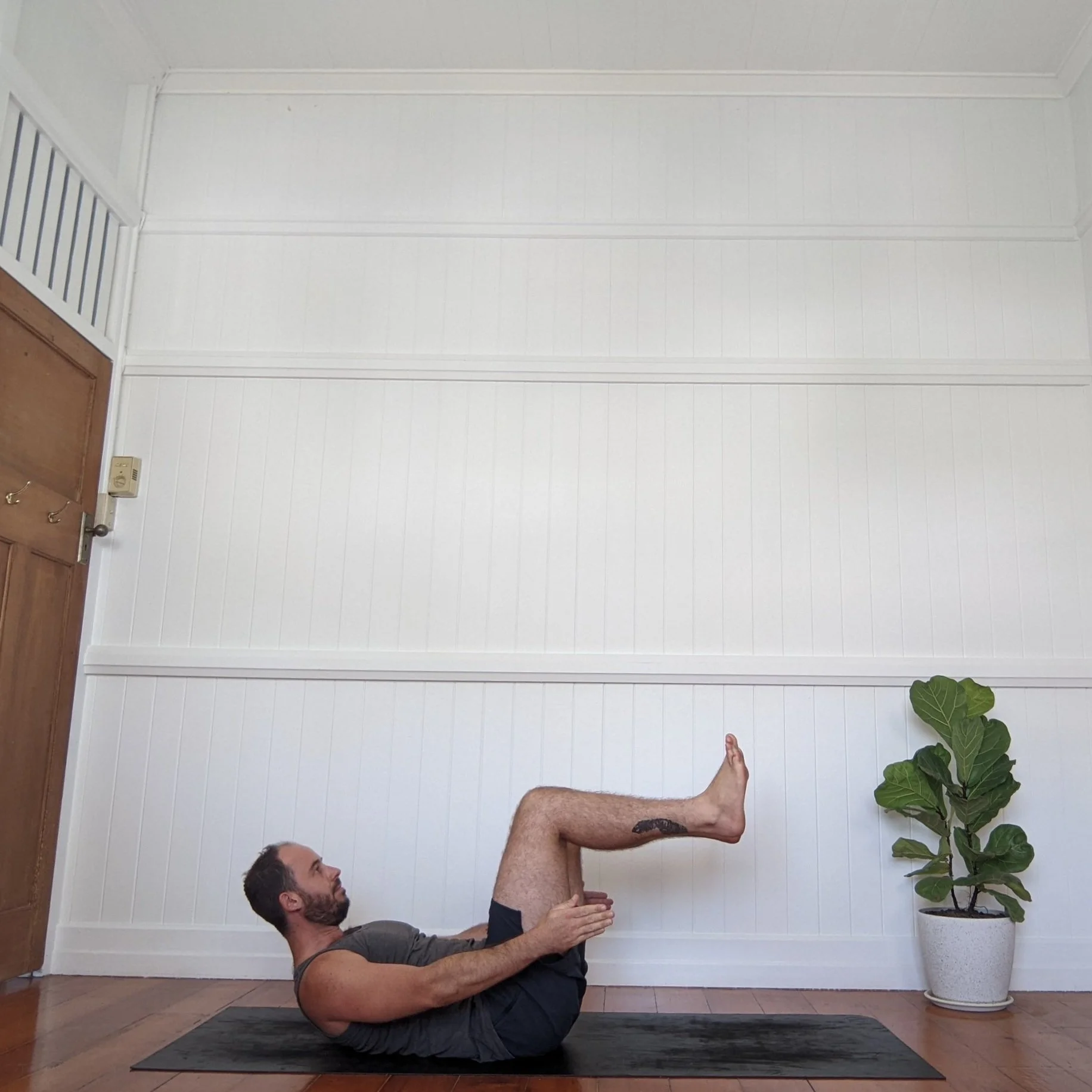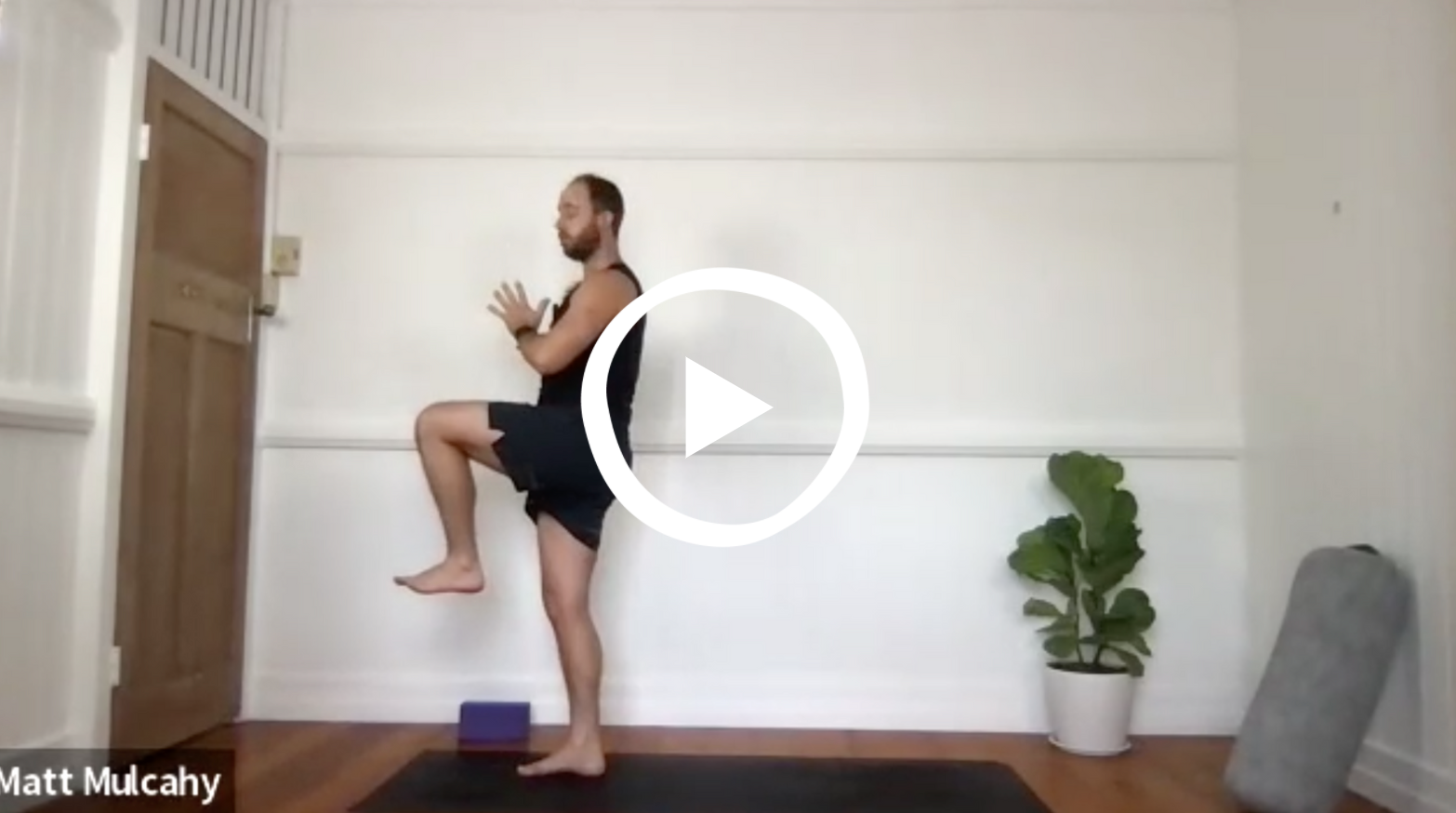Rethink your Chaturanga / Vinyasa technique
One of the cornerstones of a Vinyasa, Flow or Ashtanga practice is the action of “Chaturanga”, often cued as “taking a Vinyasa”. This is mostly in reference to the movements of: high-to-low plank, a backbend and Downward Facing Dog.
It’s a motion that tends to be performed repeatedly, often raced through and tends to be misunderstood and not taught in great detail. Given its difficulty and complexity, it’s worth taking a time to review the techqniue behind it to ensure a safe and sustainable yoga practice.
It’s important to understand the role of the shoulders, the role of the core and to reinforce the notion that taking modifications does not make you less of a person/yogi, but is often beneficial whether just starting out or a seasoned practitioner.
Practicing with detail, precision and awareness lays at the heart of yoga practice. Use these tips to refine your technique and support your practice.
Engaging the ‘core’
Laying on your back in semi-supine, draw the low ribs towards the hips and vice versa, then hover the feet off your mat.
To enhance the sensation, explore lifting the back of the head and shoulders off your yoga mat.
Steady breaths, soft jaw, enliven into your core.
Strong and stable shoulders
In either high plank or a modified plank with the knees on the mat, look at both hands.
First, press actively down into the floor, then without moving the hands, imagine you’re trying to pull the mat apart.
Feel the shoulders engage, keeping this consistent push and pull action for 5 steady breaths.
It’s ‘OK’ to modify
It’s important to remember that modifying doesn’t make you any less of a person or yogi, quite the opposite.
Whether a beginner or seasoned practitioner, modifying Chaturanga with the knees on the floor allows the action to be performed with skill and precision, whilst still building strength and control.
Diversify your backbend
Balance is key to life, and yoga. Consider mixing up your backbend during your Vinyasa transition.
Cobra and Locust poses are a great way to build spinal strength in ways that Upward Facing Dog is unable to.
What to learn more?
Join me for a 6-part series designed to refine your Chaturanga technique.
Sign up for a 7-day free trial, no commitment, cancel anytime, practice on-demand on your terms.








